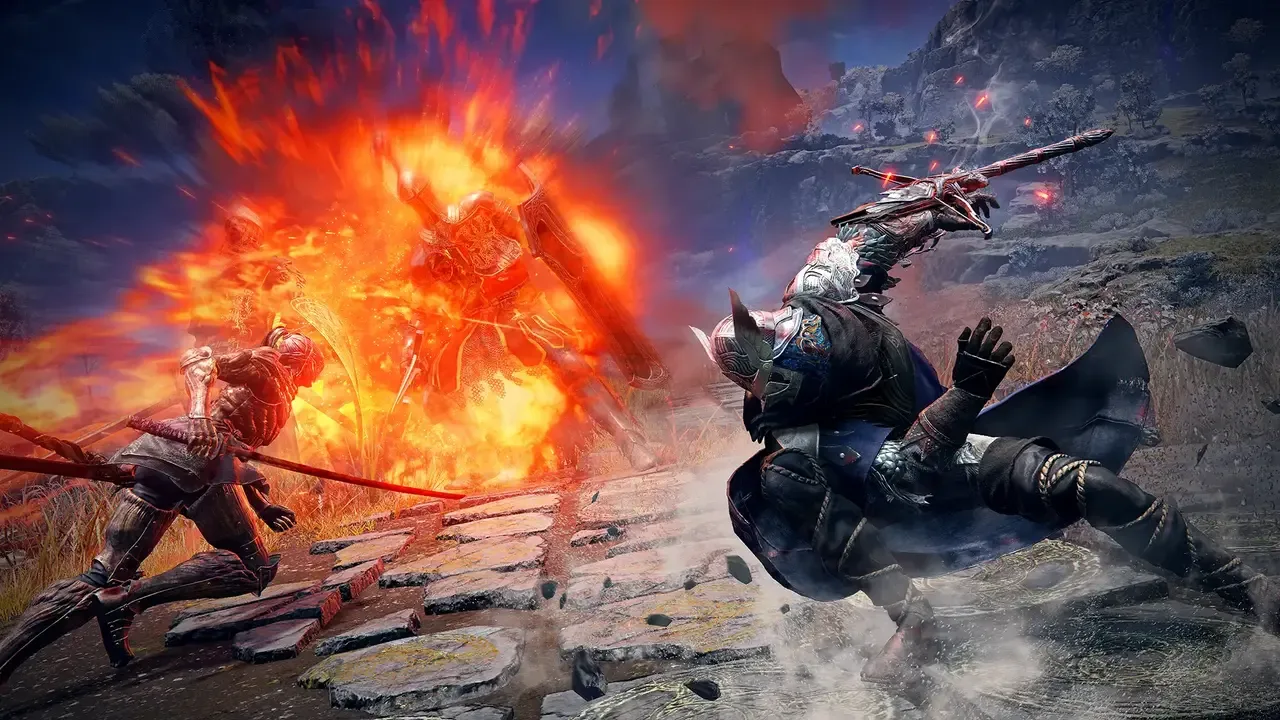Now Reading: Refresh Rate vs Resolution: What Matters Most for Gaming in 2025?
-
01
Refresh Rate vs Resolution: What Matters Most for Gaming in 2025?
Refresh Rate vs Resolution: What Matters Most for Gaming in 2025?

As gaming technology evolves, the debate between refresh rate and resolution has only grown more intense. Should you prioritize buttery-smooth gameplay with a 240Hz monitor, or opt for crystal-clear visuals with 4K resolution? In 2025, the answer isn’t one-size-fits-all — it depends on the games you play, your hardware, and your goals.
In this guide, we’ll break down how refresh rate and resolution impact your gaming experience and help you choose the right setup for your needs.
🎯 What Is Refresh Rate?
Refresh rate, measured in Hertz (Hz), refers to how many times your monitor updates the image per second. For example:
- 60Hz – Standard for office use, not ideal for gaming
- 144Hz – Sweet spot for most gamers
- 240Hz+ – Best for competitive FPS and fast-paced titles
Higher refresh rates deliver smoother motion, less blur, and quicker reactions — especially critical in games like Valorant, CS2, and Fortnite.
🖼️ What Is Resolution?
Resolution refers to the number of pixels on your screen. The more pixels, the sharper the image. Common resolutions:
- 1080p (Full HD) – Balanced performance and clarity
- 1440p (QHD) – Sharper visuals without destroying frame rates
- 4K (UHD) – Incredible clarity, but GPU intensive
Resolution affects your visual immersion and overall image quality — perfect for open-world games and story-driven titles.
🔍 Head-to-Head Comparison
| Feature | High Refresh Rate (e.g. 144Hz–240Hz) | High Resolution (e.g. 1440p–4K) |
|---|---|---|
| Best for | Competitive/FPS games (e.g. CS2, Valorant) | Immersive/story-driven games (e.g. Cyberpunk, RDR2) |
| Visual Clarity | Smoother motion, less blur | Sharper, more detailed images |
| System Load | Lower GPU demand | Higher GPU demand |
| Performance | Higher frame rates, lower latency | Lower frame rates unless using high-end GPUs |
| Cost (Monitor) | Typically cheaper | Typically more expensive |
| Immersion Type | Responsive and fluid gameplay | Cinematic and visually rich gameplay |
| Recommended Use | Fast reflex-based gaming | Visually stunning or exploration-heavy gaming |
🛠️ Hardware Requirements
- For 1080p @ 144Hz+, a mid-range GPU like the RTX 4060 or RX 7600 is enough.
- For 1440p @ 144Hz, aim for an RTX 4070 or RX 7800 XT.
- For 4K @ 60Hz+, you’ll need at least an RTX 4080 or equivalent.
🧠 Final Verdict: Which Should You Choose?
- 🎮 Casual Gamers – Go for 1080p with 144Hz or 165Hz. It’s affordable, responsive, and compatible with most systems.
- 🕹️ Competitive Players – Prioritize refresh rate (144Hz or 240Hz), even if it means sticking with 1080p.
- 🌍 Single-Player & Visual Lovers – Choose 1440p or 4K for stunning visuals, even if refresh rate takes a hit.
🔄 Looking Ahead
Monitor tech in 2025 continues to evolve, with more hybrid displays offering 1440p at 240Hz or 4K at 144Hz. If your budget allows, these offer the best of both worlds — smooth gameplay and stunning visuals.
Playerxperience is run by a team of regular players who write about the stuff that actually matters — games, gear, news, and setup tips. We’re not experts or critics — just real people who love gaming and sharing what we learn along the way. No fluff. No fake hype. Just honest content for players, by players.
The Summary
Choosing between high refresh rates and high resolution depends on your gaming style and hardware. Competitive gamers benefit more from 144Hz to 240Hz monitors for smoother, faster gameplay, especially in FPS titles. Meanwhile, story-driven and open-world games look better with higher resolutions like 1440p or 4K, though they demand more GPU power. The guide compares both options, outlines hardware requirements, and helps users decide based on their priorities and budget in 2025.

















